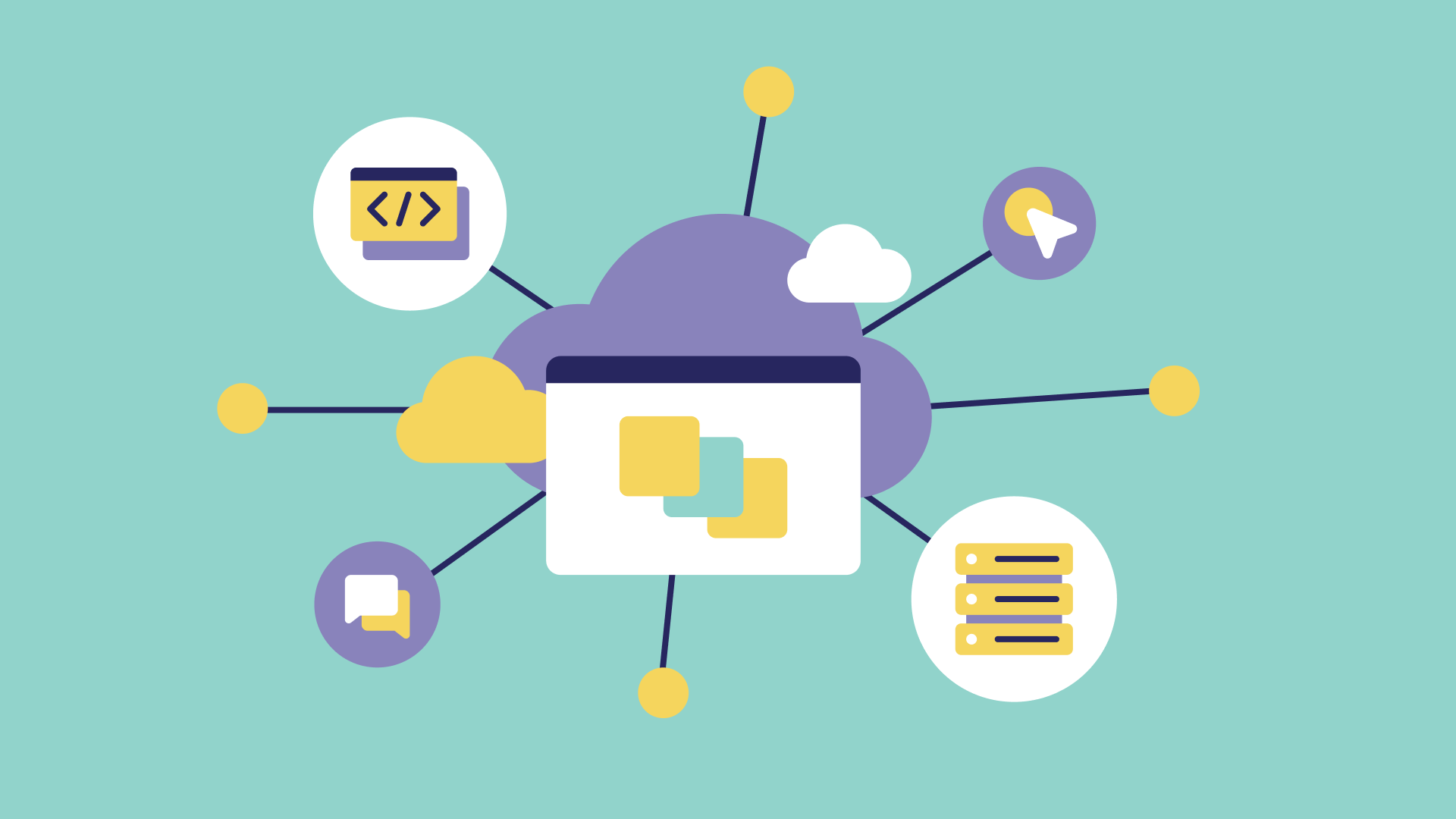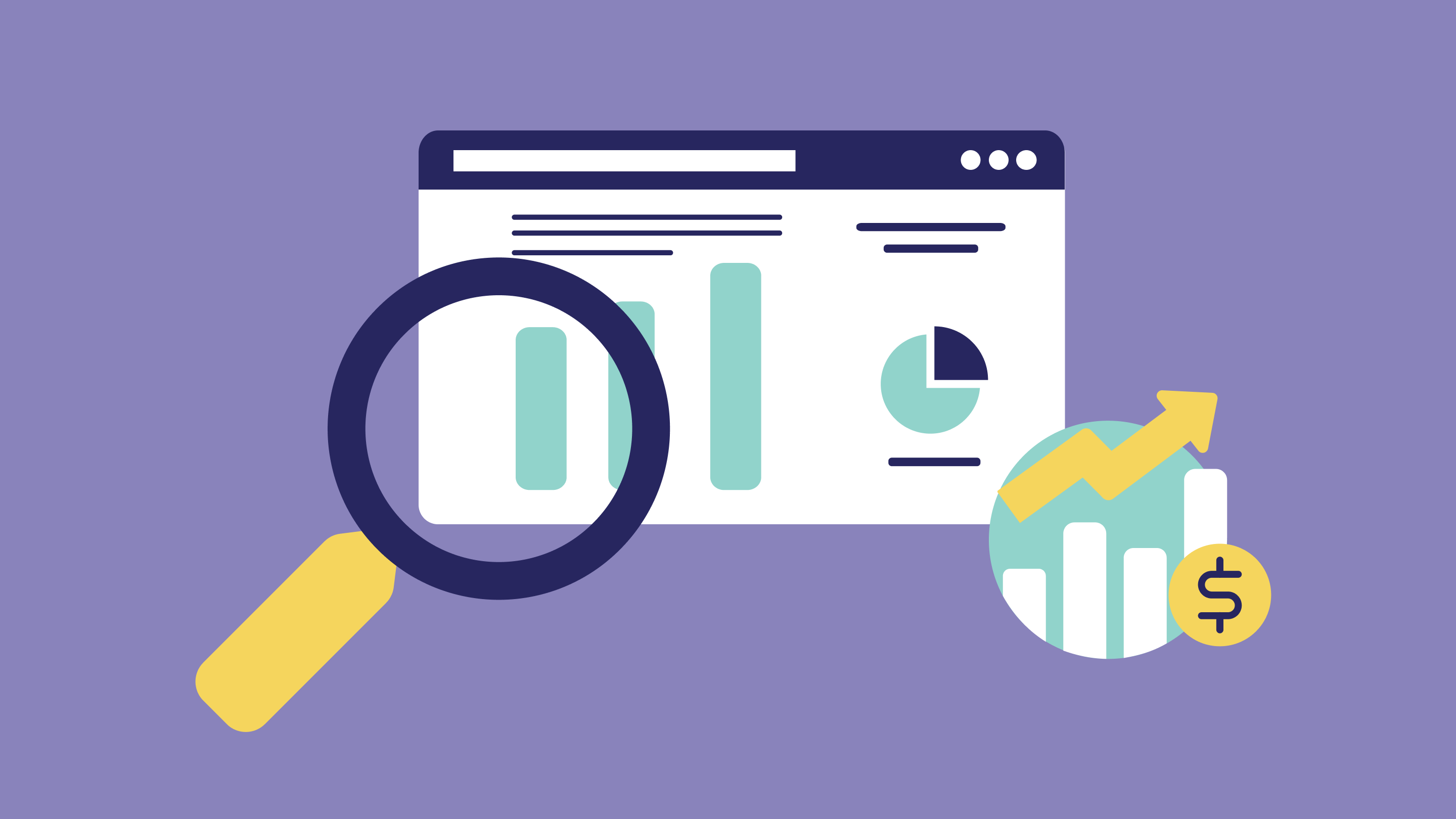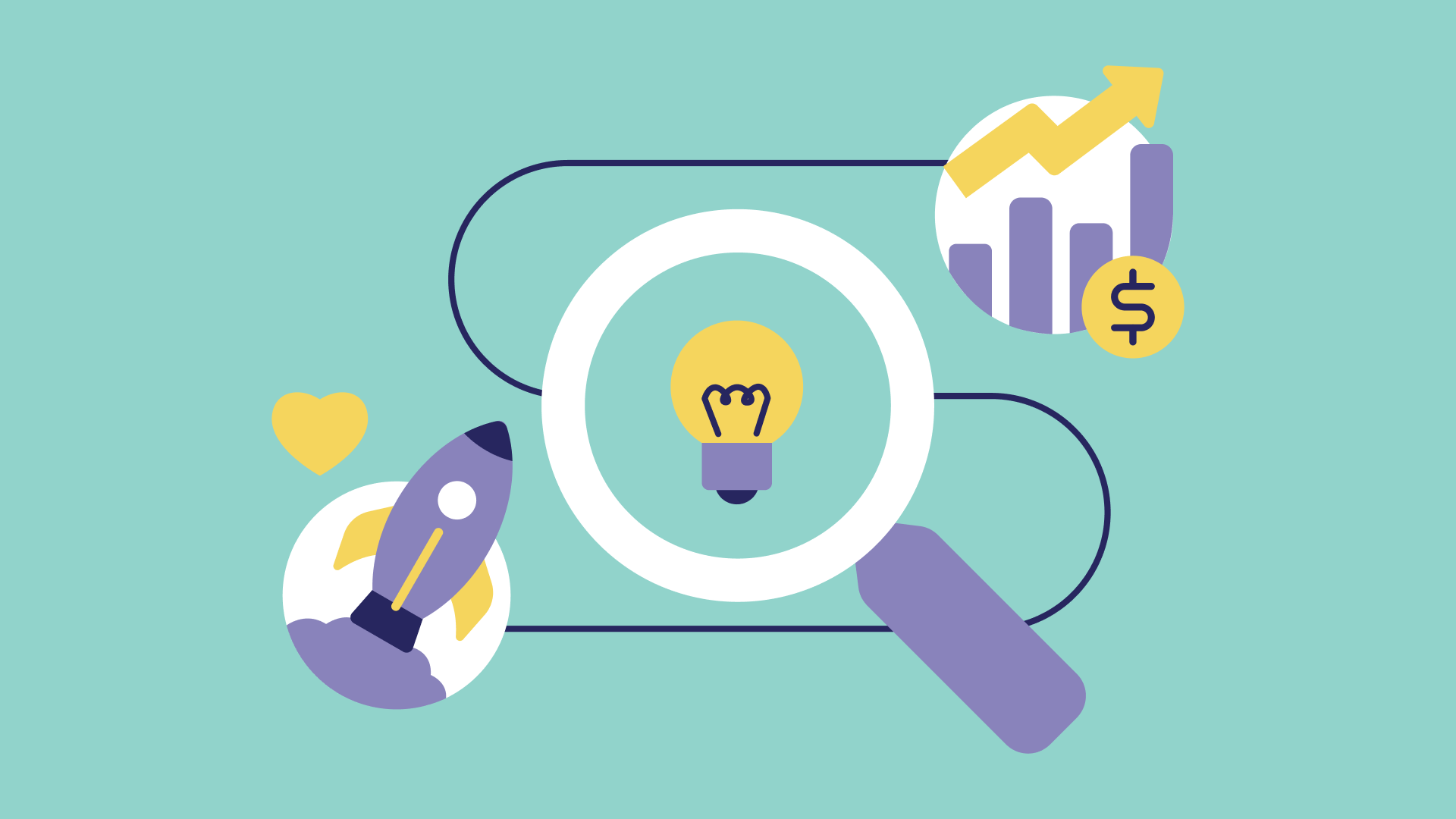
User interviews and user testing are two fundamental methods in the realm of UX research, each playing a critical role in shaping the user experience of a product. While they may seem similar at first glance, their purposes, methodologies, and outcomes differ significantly. This article, brought to you by Fikri Studio, aims to demystify these two methods, helping product owners and SaaS operators understand which approach to use and when.
What are User Interviews?
User interviews are invaluable qualitative research methods employed to collect comprehensive information regarding a user's behaviors, attitudes, and experiences. These sessions typically involve engaging in one-on-one interactions where users are encouraged to express themselves through a series of thought-provoking open-ended questions.
By delving deep into the user's psyche, the primary objective is to gain a profound understanding of their needs, motivations, pain points, and preferences. This rich and detailed insight helps inform the design and development of user-centered solutions that truly meet their expectations and enhance their overall experience.
Key Characteristics of User Interviews:
- Qualitative in Nature: They provide invaluable and profound insights into the underlying reasons behind user actions and decisions, shedding light on the motivations, desires, and thought processes that drive their behavior. With a comprehensive understanding of the 'why,' businesses can make informed decisions and tailor their strategies to meet the needs and expectations of their users more effectively.
- Flexible and Exploratory: During interviews, it is important to be flexible and adapt to the flow of the conversation. This allows for the exploration of new and unexpected topics that may arise, enabling a deeper and more insightful discussion. By remaining open and adaptable, both interviewers and interviewees can uncover valuable insights and engage in meaningful dialogue.
- User-Centric: This approach emphasizes the importance of truly delving into the user's perspective and experiences, allowing for a deeper understanding of their needs, desires, and challenges. By actively listening, empathizing, and gaining insights, we can tailor our solutions and offerings to create meaningful and impactful experiences for the user.
What is User Testing?
User testing, on the other hand, is a valuable and systematic method employed to evaluate a product's performance by testing it with real users. During user testing sessions, participants are presented with specific tasks and observed closely to gain insights into their interactions with the product.
This meticulous approach allows for the identification of potential usability issues, as well as a deeper understanding of how effectively the product caters to the users' needs. Additionally, user testing provides an opportunity to collect valuable feedback on the functionality of the product, enabling further improvements and refinements.
Key Characteristics of User Testing:
- Quantitative and Qualitative: Provides both measurable data, such as task completion rates, and qualitative insights, like user satisfaction levels. By combining these two types of information, businesses can gain a comprehensive understanding of their performance and make informed decisions to drive improvements and enhance user experiences.
- Structured Evaluation: Involves the execution of specific tasks and simulation of various scenarios within a controlled environment, providing a structured and controlled setting for testing and analysis.
- Performance-Oriented: This statement emphasizes the importance of users' ability to effectively utilize the product to successfully accomplish their desired objectives. By understanding the intricacies of the product's functionality and leveraging its features, users can optimize their experience and maximize their outcomes.
User Interviews vs. User Testing: When to Use Which?
While both user interviews and user testing are essential tools for UX research, their application varies depending on the specific insights you're seeking. User interviews involve asking open-ended questions to gather qualitative data about the user's experiences, motivations, and feelings towards your product.
These interviews offer in-depth insights into how users perceive your product, their expectations, and potential improvement areas. On the other hand, user testing is a more structured, scenario-based evaluation method that focuses on observing users while they interact with your product, tracking quantitative data such as task completion rates and time taken. In essence, user interviews help to explore user needs and preferences, while user testing allows for practical evaluation of the product's functionality and usability.
User Interviews are best suited for:
- Early Stages of Product Development: When you're in the process of understanding your target audience and their needs, it's important to delve deep into their preferences, interests, and pain points. By conducting thorough market research, analyzing consumer behavior, and gathering feedback, you can gain valuable insights that will help you tailor your products or services to better meet their expectations. Remember, the more you know about your audience, the more effectively you can engage and connect with them.
- When Exploring New Concepts: To effectively measure user reactions and gather valuable insights on potential features or changes, it is crucial to actively seek and analyze user feedback. By engaging users in meaningful conversations, conducting surveys, or organizing focus groups, we can gain a deeper understanding of their preferences and opinions. This comprehensive approach allows us to make informed decisions and prioritize enhancements that align with user expectations.
- To Understand User Motivations and Behaviors: When it comes to designing for new or complex user needs, it is crucial to pay special attention to understanding the specific requirements and challenges that arise. By thoroughly analyzing and researching these needs, designers can create solutions that effectively address the unique demands and intricacies of the users' experiences. This comprehensive approach ensures that the design process is tailored to meet the diverse range of user needs, resulting in more successful and impactful outcomes.
User Testing is most effective:
- During the Iterative Design Process: To thoroughly assess the usability and functionality of a product or system, it is necessary to conduct comprehensive evaluations that encompass various aspects such as user experience, interface design, performance, and overall effectiveness. By delving into these key areas, valuable insights can be gained to optimize the user interaction and ensure a seamless and satisfying experience for all stakeholders involved.
- Before Product Launch: In order to effectively identify and resolve any lingering issues, it is crucial to carefully analyze the situation, thoroughly investigate potential causes, and implement appropriate solutions. By taking a comprehensive approach, we can ensure that all underlying problems are addressed and that the necessary steps are taken to prevent future issues from arising.
- When Validating Solutions: To ensure that the product effectively meets the specific needs and preferences of the target users and provides a seamless and intuitive user experience, thorough user research and usability testing should be conducted throughout the design and development process. By incorporating user feedback and iteratively refining the product, it can be optimized to deliver the desired value and usability to its intended audience.
Fikri Studio: Guiding You Through UX Research
At Fikri Studio, we understand that navigating the complexities of UX research can be daunting. Our team of experts specializes in both user interviews and user testing, offering comprehensive services to ensure your product not only meets but exceeds user expectations. We guide you in choosing the right method at the right time, ensuring that your UX research efforts are effective and yield actionable insights.
Conclusion
User interviews and user testing are both indispensable tools in the UX researcher's toolkit, each serving different but equally important purposes. By understanding the nuances of each method and employing them strategically, product owners and SaaS operators can significantly enhance the user experience of their products.


















































